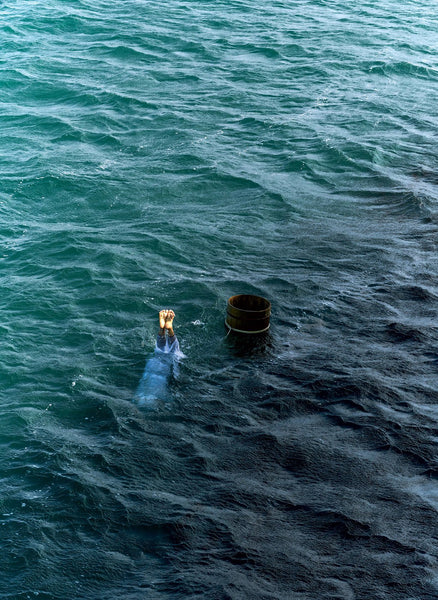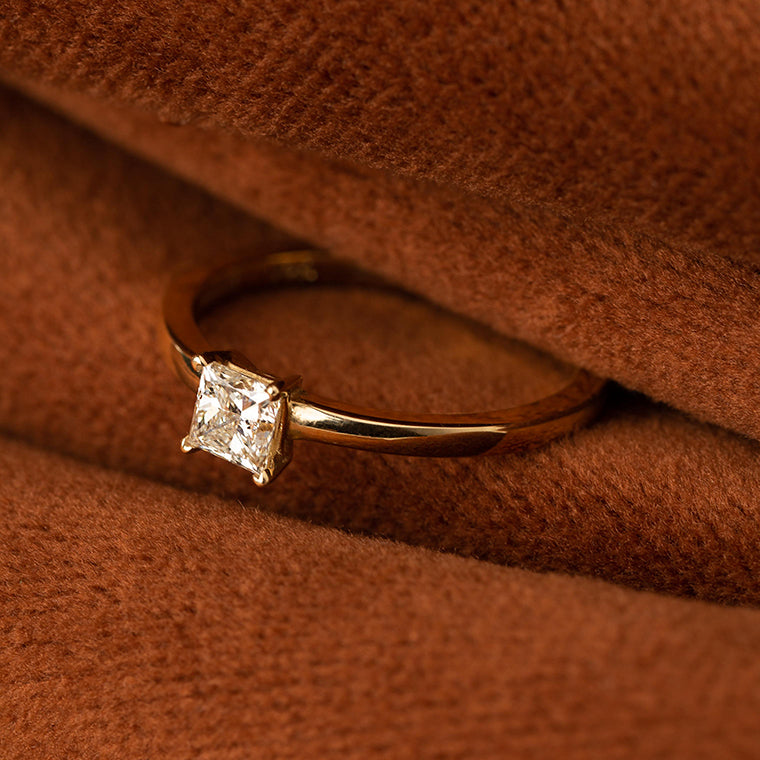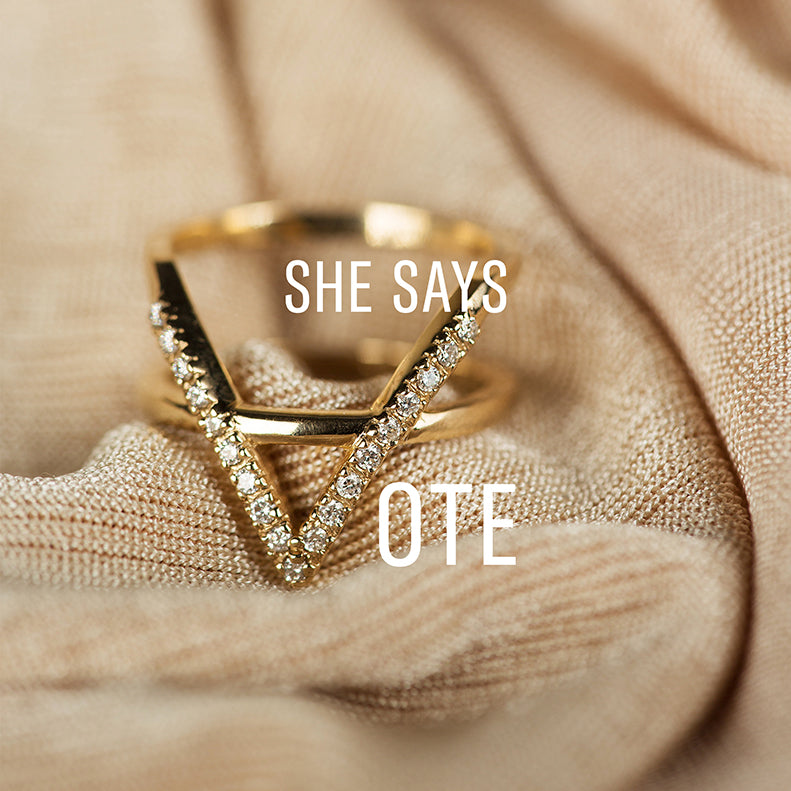
Happy Birthday to everyone born in June! This month, we celebrate our pearl pieces, which happens to be the June birthstone. An elegant classic, we love incorporating solid gold with the softness of the bright natural Akoya pearl sourced from Japan.

Discover the origin
A lot of meticulous research goes into sourcing the finest raw materials for our jewelry. Our commitment to excellence means we scour the globe for raw materials that also adhere to the highest ethical guidelines. During this process, we believe it is important to take time to learn about the unique culture of the origin country of our materials. We would love to share what we learned when we traced our smaller Akoya pearls to Japan.

Shinto-shrines and haiku
Japan is definitely one of our favorite countries. We love discovering obscure off the beaten track destinations brimming with authentic culture and one-of-a-kind experiences. We wanted to learn more about places that still bore traces of traditional Japan before the technological advancements the country is known for today. The Ise-Shima peninsula is home to Shinto-shrines and ancient customs that reveal the natural beauty and elegance of everyday life in old Japan. Surrounded by water and abound with untouched nature, Ise-Shima is where Matsuo Basho, the man who helped popularize haiku, was born. Often times, inspiration for our jewelry designs can come from works of literature and the emotions they evoke.
We love this Matsuo Basho poem that captures the beautiful simplicity of the peninsula where he grew up:
A legendary tradition
Ise-Shima is also home to amulet-wearing ama(海女) divers. The ama, which translates to Japan’s women of the sea, are a group of women who practice the ancient tradition of free-diving in the ocean to gather abalone, sea urchin, lobster, and pearls! These impressive women free-dive about 30 feet into cold water to collect oysters from seabeds, where precious pearls are hidden.

She's quite a catch
Photographs taken by Nina Poppe. Her work was inspired by Fosco Maraini’s book The Island of the Fisherwoman (1962). Cover photograph taken by Gentl and Hyers.









